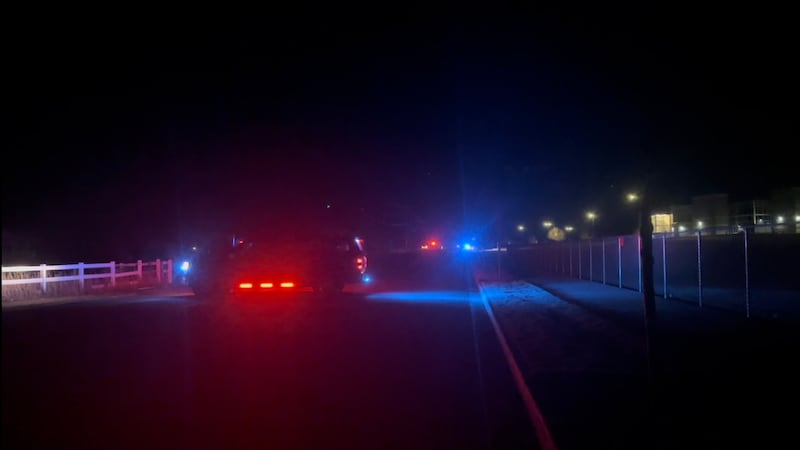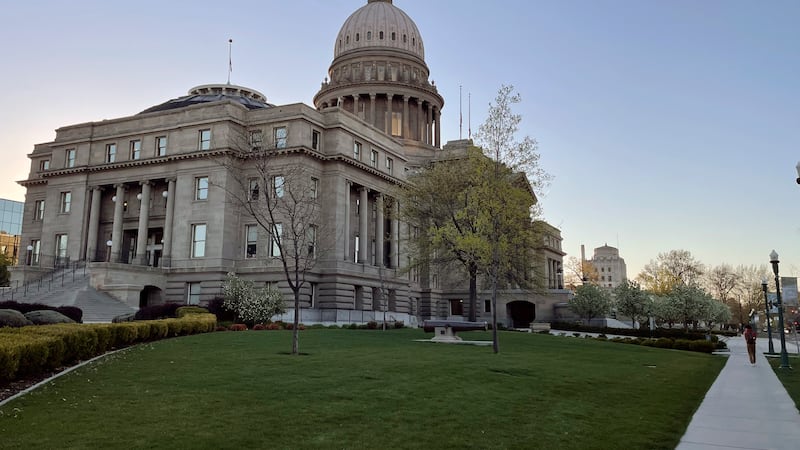The type of research done at Centennial Observatory
TWIN FALLS, Idaho (KMVT/KSVT) —There is no shortage of events for the public to take part in at Centennial Observatory from their monthly star parties to their solar viewing session during the summer. There is another aspect that you may not have considered about the well-known building, and that is the research that is done there. “The main type of research we do here is what’s known as asteroid occultation, which is a really fancy way of saying we measure asteroids by timing how long they block the light of a star as they pass in front of it; and that gives us a way of determining their size, their shape, and their position in space,” Coordinator for Centennial Observatory Chris Anderson explained.
Using a multitude of tools at their disposal including several programs, a high-sensitivity camera, and the telescope itself they have been able to observe thousands of asteroids.
“The vast majority of the ones we’ve done have been sort of, garden variety, main belt asteroids, meaning in that main group of them that orbit in between Mars and Jupiter,” Mr. Anderson said.
That doesn’t mean that the observatory hasn’t made some remarkable discoveries using their equipment in collaboration with two other observatories they reclassified one of the celestial bodies. “There was a trans-Neptunian object out in the Kuiper belt, which is a candidate to be a dwarf planet. Our measurements showed that it was oblong enough that you could argue it’s not a dwarf planet. So, you could say we kind of got it kicked out of Dwarf Planet Club,” Mr. Anderson joked.
They’ve also been able to observe a star diminish as its light passed in between Pluto and Jupiter’s largest moon, Titan. All those pales in comparison to their biggest discovery. “A few years ago, we discovered a previously unknown double star. So, when a star winks out, not in one go, but in steps, and then comes back and steps, that tells you that there’s actually two stars there, not one. We were able to discover a previously unknown double star that way,” Mr. Anderson said.
Recently Centennial Observatory celebrated its 20th anniversary, they are hoping for even more in the next 20 years. “I want to get more students involved…One of the reasons I chose this type of research that we do is because we can do a complete observation in about an hour, and I think that works well for students,” Mr. Anderson explained. It isn’t just for college students as the observatory is popular for local senior projects as well. They also want more people to just come by and partake in the events the observatory puts out.
In 2020 Centennial Observatory accounted for around 2% of all asteroid occultation observations worldwide.
Copyright 2024 KMVT. All rights reserved.














